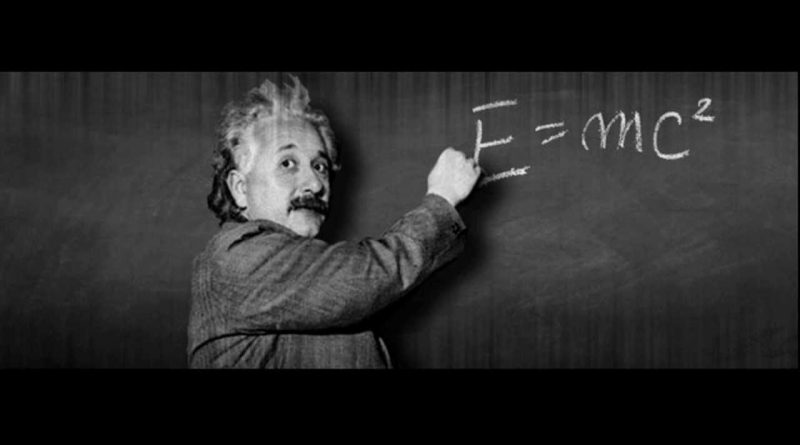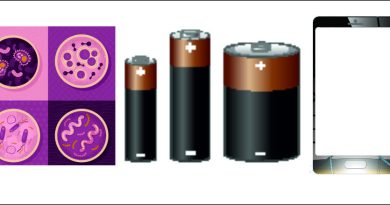Physicists Successfully Perform Time Travel Experiment
Physicists at the University of Queensland, Australia, have shown that single particles of light (photons) can pass through a wormhole and interact with its older self.
Ewao.com reports:
The study of closed timelike curves (CTC’s) provides valuable insight into particles that can loop back on themselves, breaking free of linear time.
“One aspect of general relativity that has long intrigued physicists is the relative ease with which one can find solutions to Einstein’s field equations that contain closed timelike curves (CTCs)—causal loops in space–time that return to the same point in space and time.”
The Science
Closed timelike curves are a necessary concept to understand this experiment.
CTCs are used to simulate powerful gravitational fields, like the ones produced by a spinning black hole, that could theoretically (based on Einstein’s theory of general relativity), warp the fabric of existence so that space-time bends back on itself. This creates a CTC, almost like a pathway to travel back through time.
The source of time travel speculation lies in the fact that our best physical theories seem to contain no prohibitions on traveling backward through time. The feat should be possible based on Einstein’s theory of general relativity, which describes gravity as the warping of spacetime by energy and matter. An extremely powerful gravitational field, such as that produced by a spinning black hole, could in principle profoundly warp the fabric of existence so that spacetime bends back on itself. This would create a “closed timelike curve,” or CTC, a loop that could be traversed to travel back in time. (source)
Experimenting With CTC’s
Single particles of light (photons) to simulate quantum particles travelling through time were just used by scientists from the University of Queensland, Australia. They showed that one photon can pass through a wormhole and then interact with its older self. Their findings were published in Nature Communications.
Much of their simulation revolved around investigating the “grandfather paradox,” a hypothetical scenario in which someone uses a CTC to travel back through time to murder her own grandfather, thus preventing her own later birth.
The Grandfather Paradox in Quantum Physics
Instead of a human being traversing a CTC to kill her ancestor, imagine that a fundamental particle goes back in time to flip a switch on the particle-generating machine that created it. If the particle flips the switch, the machine emits a particle—the particle—back into the CTC; if the switch isn’t flipped, the machine emits nothing.
“It’s intriguing that you’ve got general relativity predicting these paradoxes, but then you consider them in quantum mechanical terms and the paradoxes go away.” – University of Queensland physicist Tim Ralph (source)
Tim Ralph (quoted above) and his PhD student Martin Ringbauer simulated a Deutsch’s model of CTCs, according to Scientific American, “testing and confirming many aspects of the two-decades-old theory.” Although it’s just a mathematical simulation, the researchers (and their team/colleagues) emphasize that their model is mathematically equivalent to a single photon traveling through a CTC. (source)
Nothing has actually been sent back through time though; to do that, scientists would have to find a real CTC, which has yet to happen as far as we know. Of course, there always remains the possibility…










